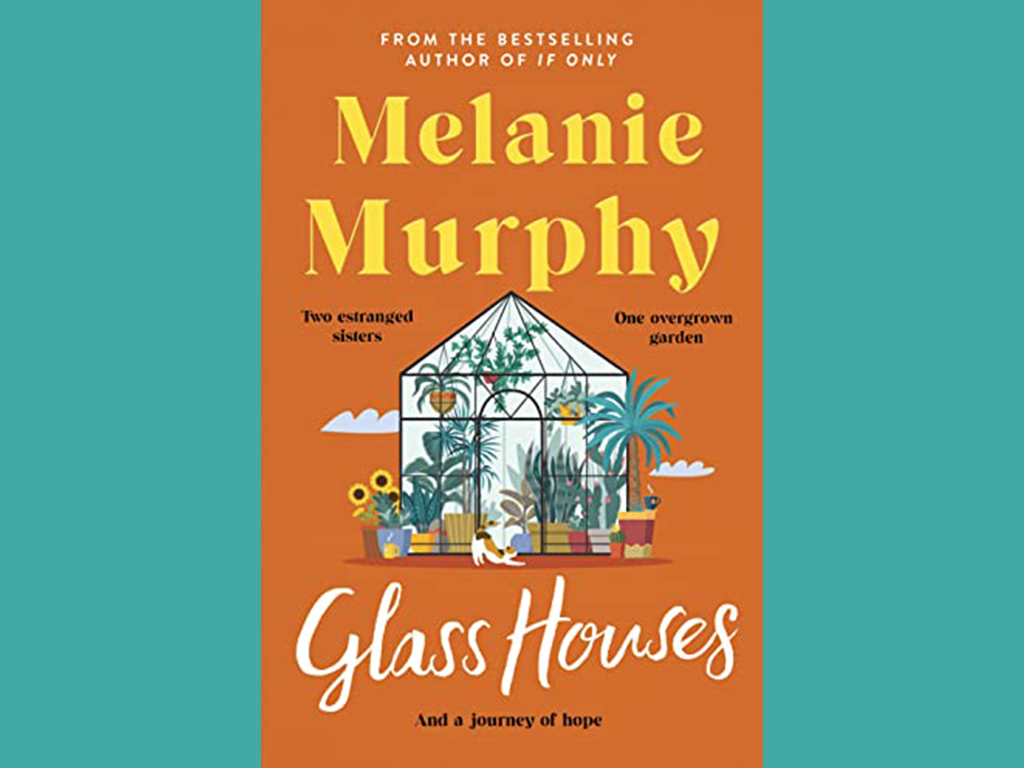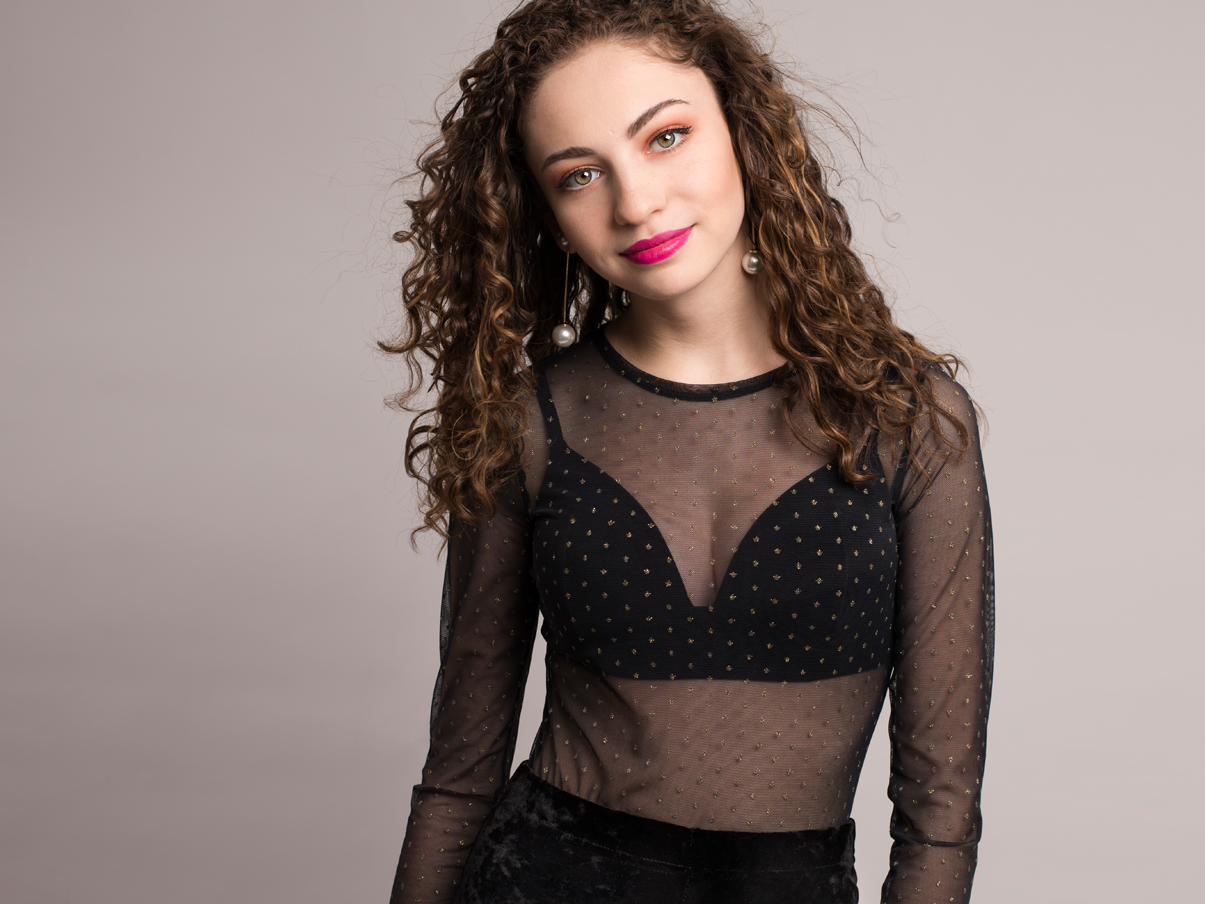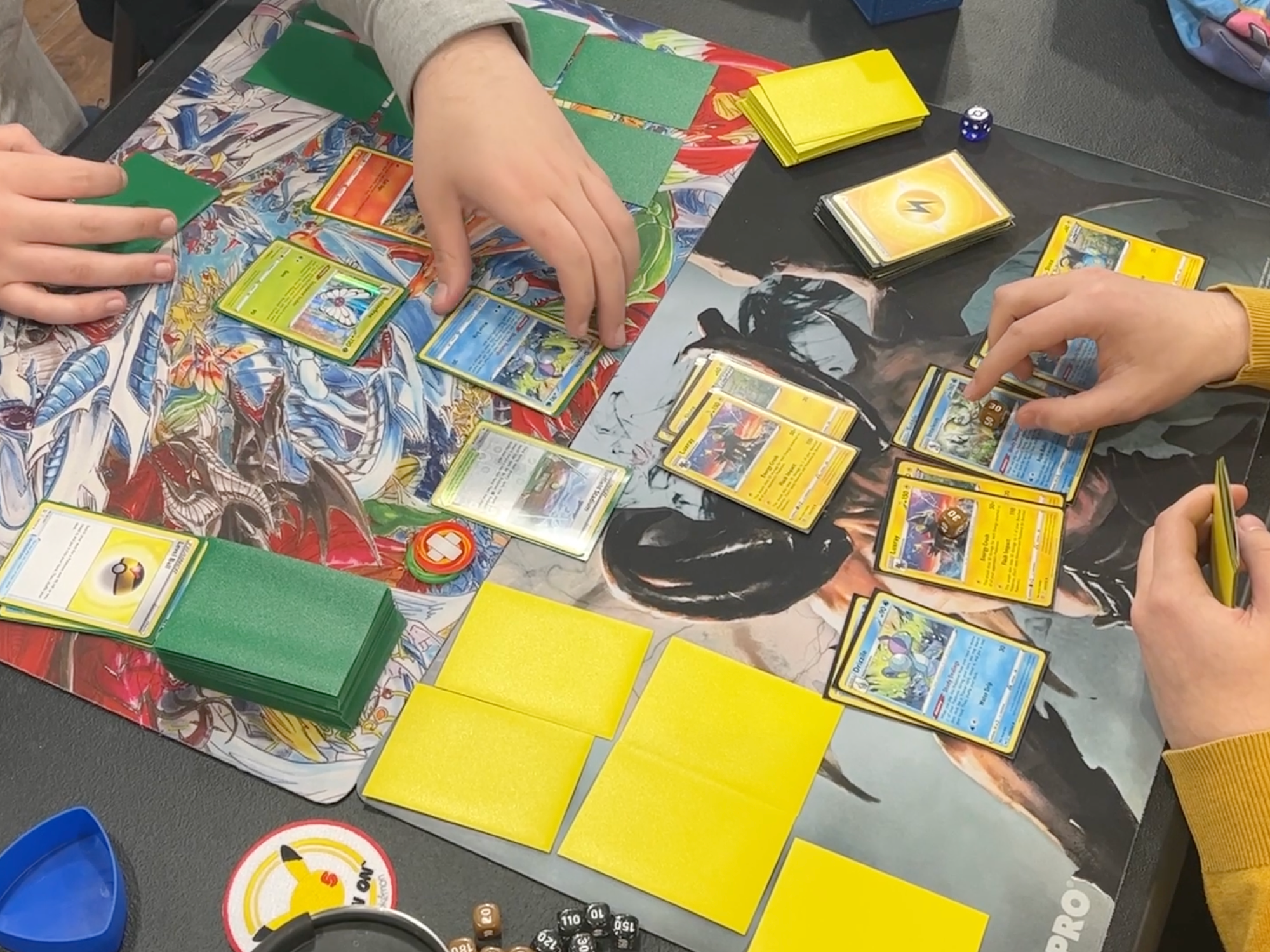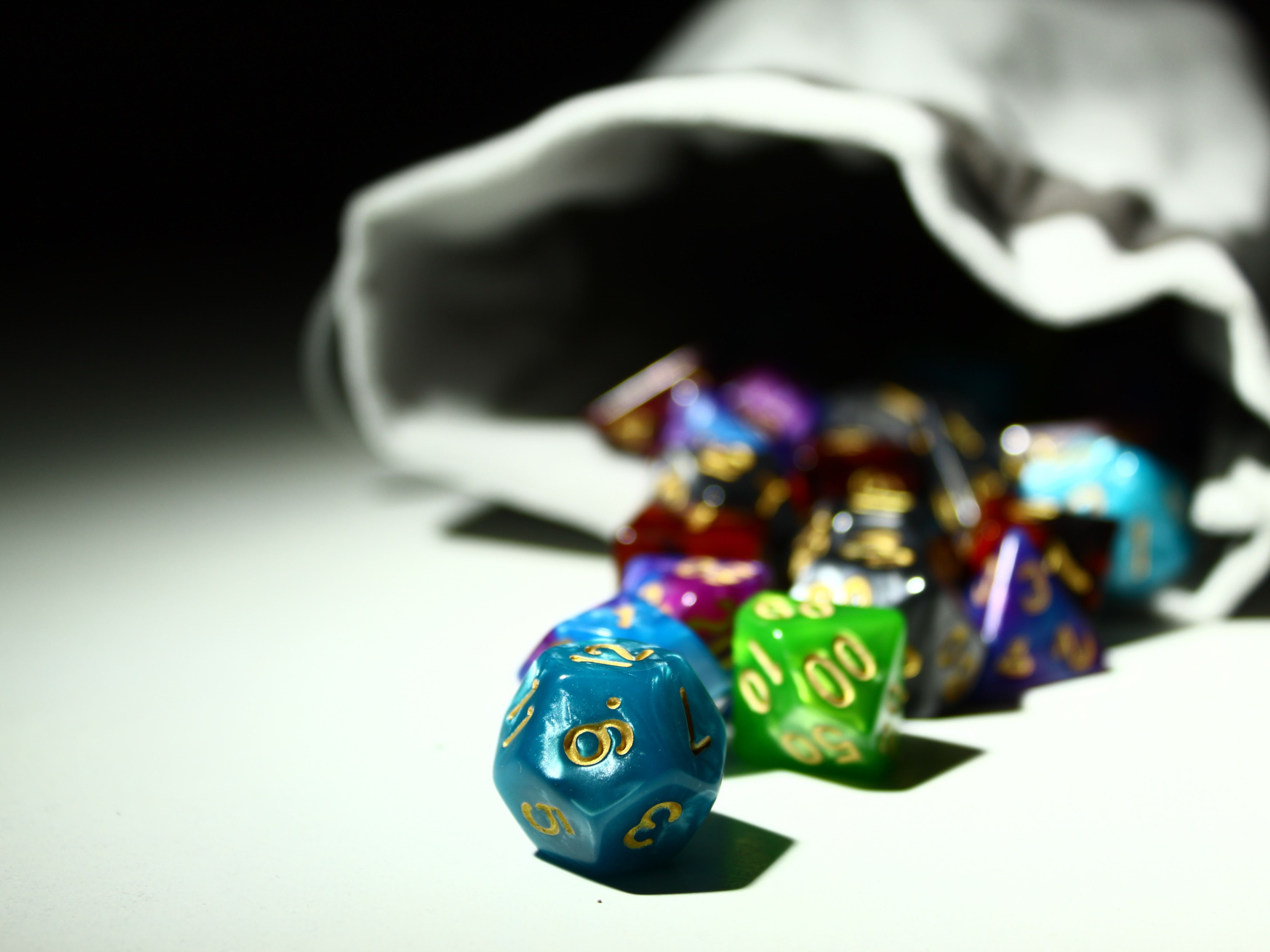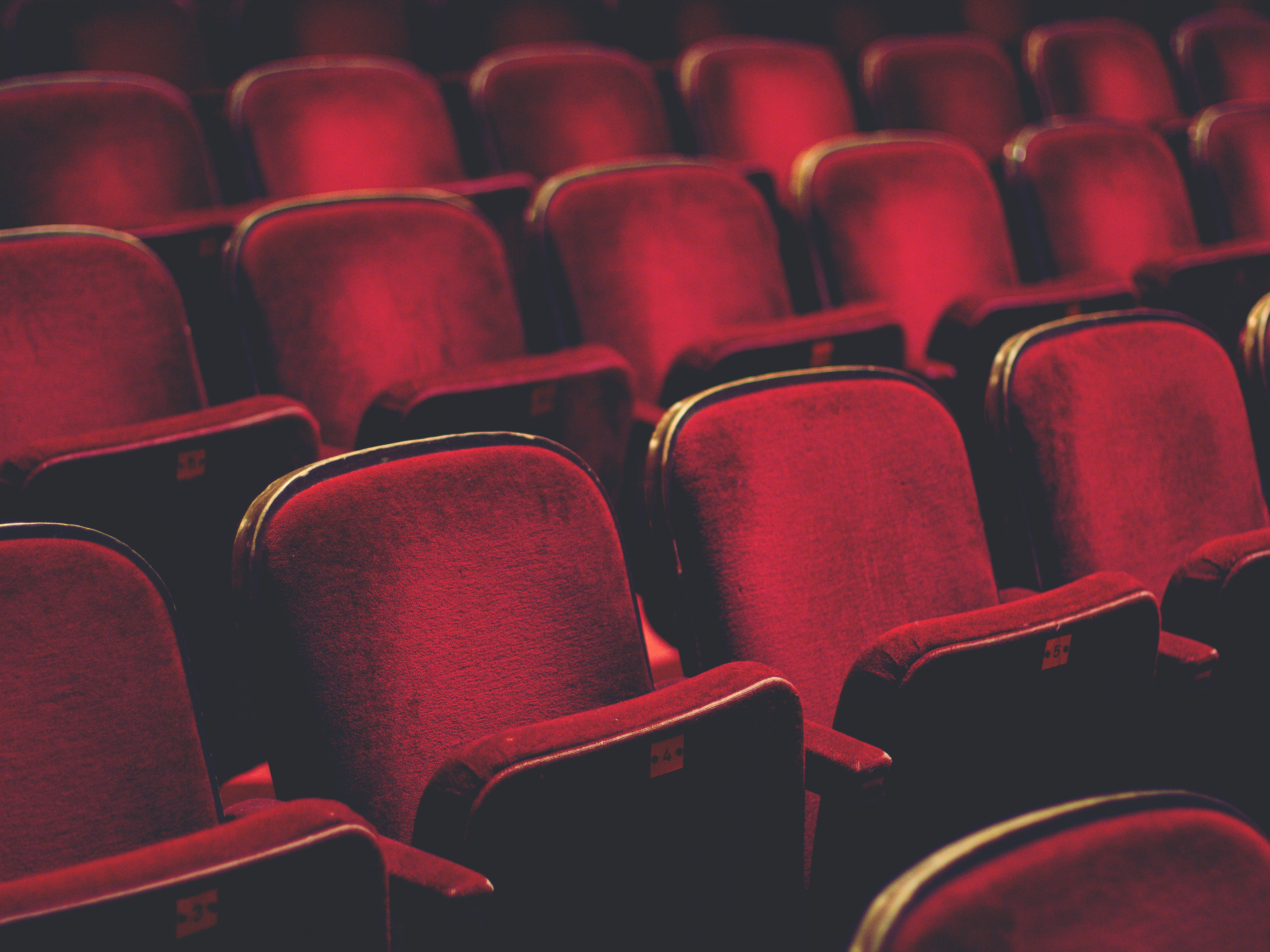Originally published June 2018 as part of the TDJ News Corp covering the TD Toronto Jazz Festival
Alex Pangman, otherwise known as "Canada’s Sweetheart of Swing," performed last Tuesday, June 26, at Heliconian Hall for the TD Toronto Jazz Festival. She sang from her new record, Alex Pangman’s Hot Three, as well as other classics. Her live performance was filled with sass, humour, and cheek, which perfectly fit the themes of the new record. It was a joy to see her perform live, and watching her make musical decisions onstage before each song was an interesting snapshot of how she makes her creative choices. I interviewed Pangman about her music and performance shortly before she took the stage for the night’s concert.
Jaimie Nackan: First, I wanted to talk about your new album.
Alex Pangman: Actually, the front of our record cover, we designed it, and then #MeToo happened, and I was a little hesitant about it, but the publicist said, “She’s the one in the place of power, she’s about to hit him with the bottle,” [laughs] and it makes me a bit nervous, but she does look quite in power.
J: What was the idea behind the cover?
A: I think we wanted something that was a little lo-fi, and kind of saucy. So we made this record that came out in November, the studio wasn’t even as big as this room, it was a small studio, about 10 feet from the side of the road in New Orleans. New Orleans is a pretty gritty city, so when I say low fidelity, I mean gritty, but I also mean sort of edgy? Anyway, so the cover art kind of reflected that. And also we made the record in a very different way - it wasn’t high fidelity. It was recorded direct to an old record cutting machine, and so we dialed the clock back on how we made the record.
J: How did you decide to record it in that way?
A: I want for each of my records to have its own identity, and I had a friend who’d moved down to New Orleans and was cutting records like this, and I’ve always been a huge fan of collecting records and listening to old records, and I wanted to kind of make a bit of a concept album - what were the early jazz pioneers doing? What was it like to be them, in a small studio, with one microphone? What did that feel like? And did that contribute to the sound of those records, the energy of them?
J: It has such an interesting sound, I’ve listened to it, and it really sounds very unique.
A: [laughs] It sounds unique in today’s landscape, I think, for sure. Did you get used to it after a song or so?
J: [laughs] I did, I like older music anyways, so I really like the sound of it, but at first it was quite different to hear.
A: Even I - I mean, it’s so funny - because we made the record, and then the platters are quite delicate, so we immediately played it back, and as we were playing it back, we digitized it at the same time. So we really only heard it off the actual disc once. Even to me, when I hear it now, it’s unique. It jumps out as the EQ is very different, and there is that little bit of a hiss-crackle, but I find that my ear gets used to it.
J: When you listened to it that first time on the record, did it sound different?
A: [laughs] Well, it sounded weird, because his machine was playing a little fast, so I sounded a bit like Minnie Mouse! But I perceived that it sounded a bit rounder, before we flattened it out and made it digital. But that notwithstanding, I do think it was successful in kind of capturing that energy of the way records used to be made, live, without tricks. The only click on this record is maybe some gristle on the top of the actual platter [laughs].
J: How did you decide which songs to put on this, which ones to record?
A: The tune-list was partially chosen as well to be a little bit saucy, I don’t know if you have a hard copy, but the hard copy has an extra song on it called “Hurry on Down,” which is basically like, “Hurry on down to my house, there ain’t nobody home but me.” And then we have our song, our double-entendre song, “The Right Key, but the Wrong Keyhole,” and then we’ve got a song about drugs - again, it’s supposed to be a little bit gritty. But then, I mean, we wanted to include some beautiful melodic songs, so those made their way on there as well.
J: With this album specifically, but just in general, your singing and your music has a very unique sound, especially given today’s music, so how have you developed it over the years? Did it start that way, or did you work towards it?
A: Geez, I don’t know. Well, actually I do know. Because I started out listening to country music, and that’s a little bit of a different way to sing. I think I was influenced by just listening to a lot of jazz records. And I would say the big development in my sound is partially due to the fact that I’m a grown-up now. I have more stories to tell, and better… not better, but deeper… You know, the nice thing about jazz is that you’re allowed to age a little bit? And we kind of welcome that. So when I listen to my early recordings, I maybe see somebody who is a little naive, and has a pretty voice, but maybe hasn’t developed it much, even the control. And so if I listen to those ones, I think “Oh, isn’t she sweet!” And I can never recapture that! So I’m glad that we recorded that version of me. But now I think that life has intervened, and now I’m more confident in what I do, and have a little better sense of myself now [laughs].
J: Do you have a specific way you would label your music? A specific genre..?
A: I mean, we’ve called it classic jazz, we’ve called it traditional swing, music of the 1930’s, swing music. Some people call it torch music, like torch songs, of carrying a torch for somebody.
J: Do you get to travel a lot?
A: On and off [laughs].
J: You’re Canadian?
A: Yes.
J: Do you find that being Canadian has influenced your music?
A: Well I definitely think that there is a regional sound. You can almost say Northern swing. Because as you go farther down the map, when you get to New Orleans, it has a definite different groove, there’s certain aspects of Northern swing that are a little different. Maybe more on top of the beat? Maybe more sophisticated or modern? But yeah, being Canadian, I don’t know. I mean, it’s weird too, because we’re encouraged to play a lot of Canadian content, but this is American music. So unless I’m writing it, it’s hard to find CanCon, but there is some, but it’s a hundred years old [laughs].
J: Do you find that there’s anything specific about the Toronto jazz community that stands out to you? Or the festival itself?
A: I mean, I find them to be fairly international, which is good. You get influences coming, like Jane Bunnett lives here, she’s bringing her style of jazz. Because it is sort of a city where lots of people come to, you’ll get people, like maybe we have a piano player from Hungary, via BC, or we’ve got bass players from New York City, I mean it really is a great community. They have a party once a year at the Rex for all the jazz musicians, right before jazz festival, and it’s the one day a year where they shut the doors to the public and they give everyone drinks and food and it’s a party. And whenever I go I’m always in awe of what a great pool of talent there is in the city, and we’re all hanging out, and it’s a huge community. So, we’re lucky to have a huge community, I think that’s why the festival is so big, because we have a great pool of Canadian talent. But also, I like the festival because it brings in artists from outside the country. I’m looking forward to seeing Cécile McLorin Salvant; I’m very curious to see her live. I’m glad the festival brings those people.
J: Are you looking out for anyone specific in the festival? Are you staying for performances?
A: Well I’m just going to hit some of the stages, wander around, be surprised maybe, and discover new! And that’s the beauty of the festival, because a lot of the events are free, people can just wander into it and discover someone new. It’s a very special time of year, jazz fest, it really is.
J: What are your inspirations for your music? Other artists, or even from other genres?
A: I mean, I’m inspired by great songwriting. Great melodies, great lyrics, anything sincere. I’m inspired by artists that persevere. So, one of my great idols, Connee Boswell, was in a wheelchair, and she sang, and she was great, and nobody cared that she was in a wheelchair. Django Reinhardt, the great guitar player, had his fingers fused together in a caravan fire, and he adapted to become one of the great guitarists, I think, ever. So artists that find a way to overcome physical adversity, or somebody like Billie Holiday, who was a very bruised, and hurt person, was able to turn that into something that really touched people, and made her remarkable.
J: So, I’m assuming you find a way, as well, to bring any challenges that you’ve had in your life, to persevere in your own music?
A: Yeah, I’ve had adversity from a health standpoint, and been very sick, and had transplant, and got back to singing again. And so, I needed those people to look to, to say it’s ok. You know, before the transplant, I had 25% lung function, but I would look at somebody like Frida Kahlo, who still found a way to paint when she was lying in bed in a cast. And you know, I still found a way to sing when I was that ill, but because I’ve had dark times, the good times feel really great, so I’m happy to be joyful onstage, but I’m also willing to connect to the sad parts of my past. I think music is great that way, it’s catharsis for sure.
J: I know you record a lot of old music, but you also write music?
A: Yes. I have written some music, and I’ve recorded it as well. I’m more of a song stylist than a song writer. When I need to, I will write, it’s a good source of revenue to have your own music on your records or that you can sell to TV shows etc. but I’m mostly a singer. I can write, but in the shadow of Irving Berlin and George Gershwin, I sort of cower [laughs].
J: Do you have any other creative hobbies that you do? Or is it all music?
A: I’m very involved in horse riding. It’s creative in its own way, but I actually first heard jazz by way of the folks at the stable, and if I hadn’t have been horseback riding, I don’t know where I would have channelled my creativity. But they were lovers of traditional jazz at this stable, and so they knew that I liked to sing, and it all just coalesced. But horses are great fun, I love them a lot. And they have rhythm [laughs]. But yeah, I spend a lot of time on the horses, I used to do horse portraits, but I find music takes up enough time that I’m quite artistically fulfilled.
This interview has been edited and condensed for clarity.
